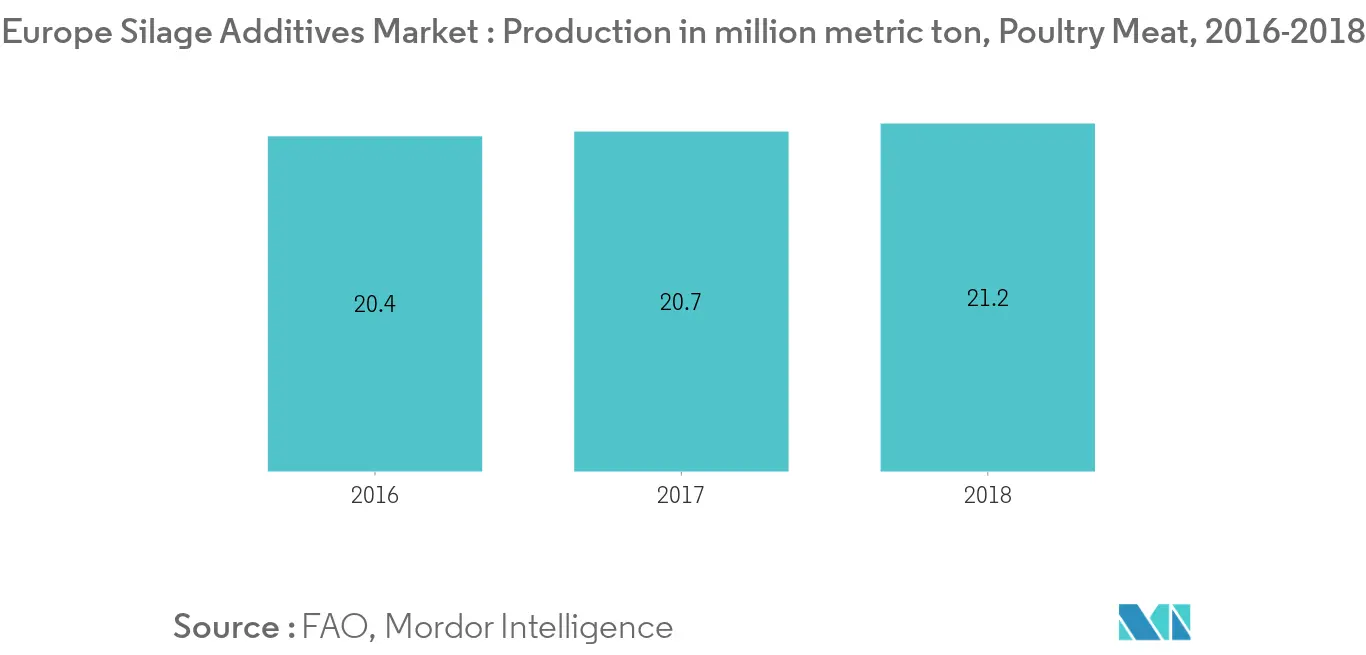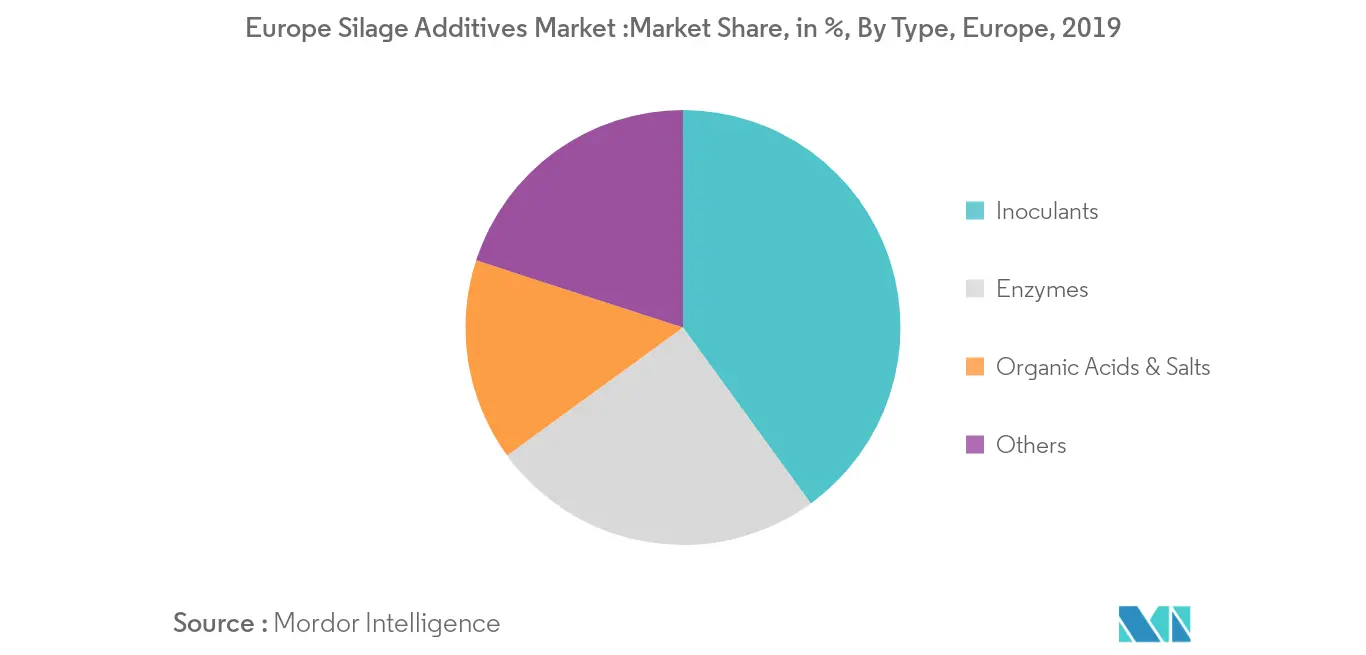Market Trends of Europe Silage Additives Industry
This section covers the major market trends shaping the Europe Silage Additives Market according to our research experts:
Increasing Demand for Standard Animal Meat
There has been increasing pressure on the livestock industry, to meet the growing demand for meat and high-value animal protein that is safe and meets all standard criteria. Population growth, rising incomes in developing nations, and urbanization have led to a surge in global livestock production. The level of income and consumption of animal protein is directly related to the consumption of milk, meat, and eggs, which are increasing at the expense of staple foods. To ensure silage ferments rapidly and more true protein is preserved alongside minimizing the activities of undesirable microorganisms, the use of silage additives becomes very crucial. The European meat market has maintained its growth, and the high consumption of meat products is expected to witness a significant CAGR over the forecast period, this will directly aid the growth of silage additives market.

Inoculants dominates the Silage Additive Market
Silage inoculants work by shifting silage fermentation in a direction that better preserves the crop. That happens when the lactic acid bacteria in the inoculant overwhelm the natural lactic acid bacteria on the crop. Inoculants are used extensively in Europe as a tool to reduce dry matter losses. Also, they have their biggest effect on losses when used together with good silage management practices. Research says, inoculants have the most success on hay crop silage and the least on corn silage. Bacterial inoculants are thus designed to be able to grow fast under a range of conditions. Their use increases the rate of pH decline, reduce the final pH of the silage, decrease dry matter losses, reduce protein degradation, and increase overall digestibility of the silage. Hence, the usefulness of silage inoculants is likely to contribute towards a positive growth of the market during the forecast period.


